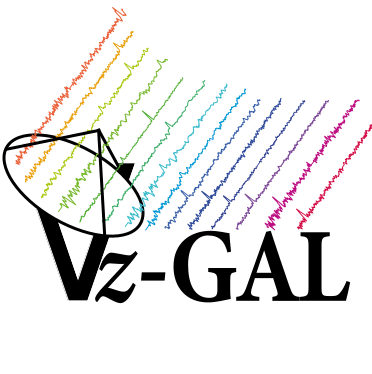Vz-GAL: Probing Cold Molecular Gas in 135 Dusty Star-Forming Galaxies (DSFGs) at 1 < z < 6
Vz-GAL (VLA 20A-083 pilot, 23B-169, 25A-099; PI: Riechers) is a new Karl G. Jansky Very Large Array (VLA) Large Program with the goal to observe the lowest rotational (J) level of the CO molecule, i.e., the CO(J=1-0); and CO(J=2-1); emission lines from cold, star-forming gas in a sample of 135 dusty starburst galaxies at redshifts between 1 and 6. These galaxies were selected from ~1000 square degrees of 500 micron imaging surveys carried out with the Herschel Space Observatory. The entire sample has robust spectroscopic redshifts derived using the Northern Extended Millimeter Array (NOEMA) z-GAL Large Program based primarily on higher-J CO transitions and the [CI] fine structure lines from the carbon atom. While NOEMA is an excellent "redshift machine", the VLA is currently the best facility to detect the low-J CO lines, which are the best known indicator of total cold gas masses, i.e., the fuel powering the starbursts. Vz-GAL will result in the far largest reference sample for studies of the gas content, gas excitation, and gas-to-dust ratios in intensely star-forming galaxies in the early Universe. The well-defined sample selection, combined with the substantially improved statistical significance of this study, will provide a legacy data set for the study of the gaseous evolution of galaxies which will remain unrivaled until the advent of the ngVLA.
